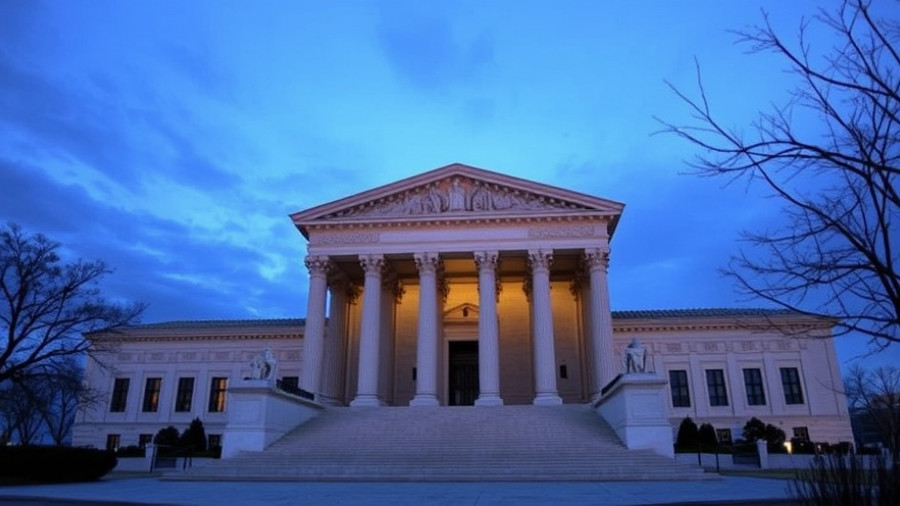
The Legal Battle for Clean Energy Funding
The ongoing lawsuit involving 22 states against the U.S. Environmental Protection Agency (EPA) has become a pivotal moment in the quest for clean energy initiatives across the United States. Vernacularly dubbed the "Solar for All" program, it aimed to provide $7 billion to support low-income communities in accessing solar energy. This initiative, part of the Inflation Reduction Act, specifically targeted over 900,000 households, facilitating a cleaner and economically viable energy alternative for countless Americans. However, the EPA's abrupt termination of this program has prompted significant pushback from state attorneys general, who allege that the move is not just questionable policy but flat-out illegal.
Understanding the Impacts of the EPA's Decision
The implications of this cancellation extend beyond legal arguments; they jeopardize the energy landscape in numerous states, particularly those that are often painted red politically. For instance, Arizona may lose around $156 million, dramatically increasing energy costs for 11,000 households. California faces a staggering loss of $250 million, which could cripple plans for solar engagement in disadvantaged communities. The potential repercussions go far beyond financial losses; they also put environmental initiatives and job creation at significant risk. The Solar for All program was anticipated to generate approximately 1,000 jobs in Colorado alone, thus providing not only energy savings but also career opportunities in green technology.
Grassroots Voices Against Institutional Failures
The crux of the issue lies in what many perceive as a systemic failure to meet the needs of vulnerable populations. While the challenges are political, the stakes are personal for numerous families who rely on clean energy to reduce their utility expenses. As California Attorney General Rob Bonta stated, the decision to claw back the funds places communities at the mercy of fossil fuel companies, continuing a legacy of pollution and economic burden. This sentiment is echoed across various stakeholders, including labor and community groups that recognize the broader implications of thwarted energy initiatives.
What Lies Ahead in the Fight for Clean Energy
As this legal challenge unfolds, it serves as a critical reminder of the role courts can play in safeguarding citizens' rights. With the courts increasingly seen as the last bastions of protecting democratic values and environmental justice, many advocates hope for a favorable ruling that allows these states to recover their funding and advance their solar projects. The outcome could also establish a precedent concerning how federal agencies manage funding commitments made by Congress. Given the evolving energy landscape heavily influenced by legislative actions, the implications from this lawsuit could affect future environmental policies, funding allocations, and community programs nationwide.
Community Response: A Call to Action
Support and engagement from community members and environmental advocates will be essential as this situation develops. Public demonstrations, grassroots campaigns, and strong lobbying efforts can all amplify the voices of the vulnerable communities affected by these changes. By harnessing collective action and community resilience, the push for clean energy can reflect the will of the people rather than succumbing to political machinations.
In this climate of uncertainty, one fundamental question arises: Can the courts remain effective in the face of systemic governmental failures to protect citizen rights? How individuals, communities, and advocacy groups respond to this ongoing situation could very well shape the future of clean energy access in America.
 Add Row
Add Row  Add
Add 




Write A Comment